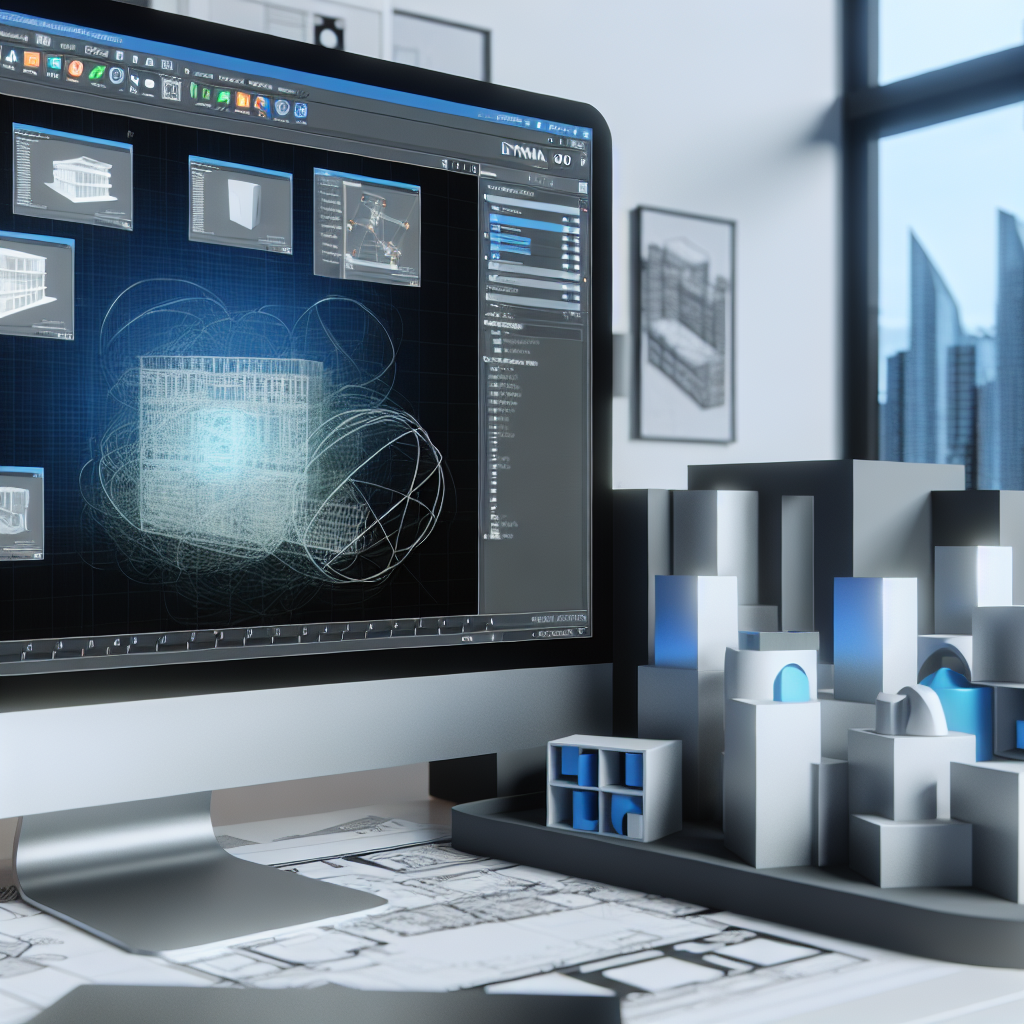Automation through Dynamo and Computational Design is revolutionizing the Building Information Modeling (BIM) industry by enabling architects and engineers to streamline workflows, enhance accuracy, and foster innovative solutions. This article explores how these tools are transforming the BIM landscape, driving efficiency, and pushing the boundaries of architectural design.
Unleashing the Power of Dynamo and Computational Design in BIM
At the core of modern BIM workflows, **Dynamo** functions as a visual programming platform that enables users to automate repetitive tasks, generate complex geometries, and facilitate data management without extensive coding knowledge. Its integration with Autodesk Revit allows for seamless automation of modeling processes, leading to significant time savings and accuracy improvements.
Coupled with **Computational Design**, Dynamo empowers professionals to develop parametric models that respond dynamically to changing project parameters. This flexibility is invaluable in early-stage design, where rapid adjustments and iterative explorations are common. By leveraging these tools, teams can create highly optimized, data-driven models that enhance collaboration, reduce errors, and improve overall project outcomes.
Enhancing Workflow Efficiency and Design Innovation
The fusion of Dynamo and Computational Design fosters an environment where complex calculations, data analysis, and visualization happen **automatically**. For example:
- Automated Clash Detection: Dynamically identify and resolve conflicts between architectural, structural, and MEP components.
- Custom Data Extraction: Extract detailed information for cost estimation, scheduling, or material tracking directly from models.
- Parametric Form Generation: Generate innovative, optimized architectural forms based on site constraints, environmental factors, and client preferences.
This level of automation reduces manual effort, minimizes human error, and accelerates project timelines. Moreover, it unlocks new avenues for creativity, enabling designers to iterate rapidly and test multiple design scenarios efficiently.
As computational design becomes more embedded in BIM workflows, professionals gain tools to push beyond traditional limits, resulting in smarter, more sustainable, and highly customized projects. The ongoing evolution of these technologies promises even greater enhancements in the future, making automation an indispensable aspect of modern BIM practices.
Conclusion
Integrating Dynamo and Computational Design within BIM workflows streamlines processes, promotes innovative solutions, and significantly enhances project accuracy and efficiency. By embracing these technologies, architects and engineers can unlock new design potentials and deliver high-quality, sustainable structures faster than ever before. Staying ahead in the BIM world requires harnessing these powerful automation tools to transform architectural practices.
